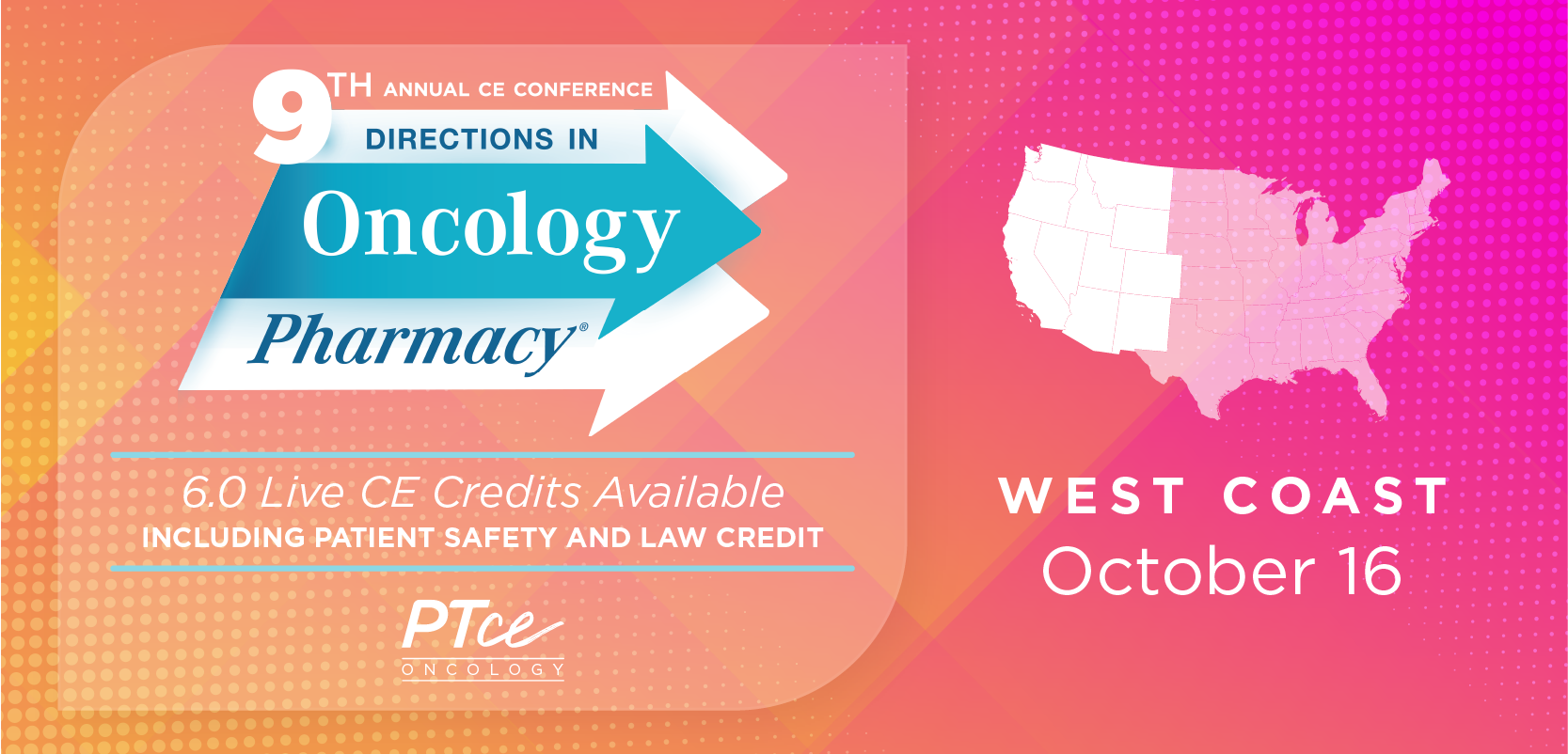
- August 2025
- Volume 91
- Issue 8
Pharmacy Policy Updates for August 2025
Key Takeaways
- Alabama's new law mandates PBMs to reimburse independent pharmacists at Medicaid rates, aiming to stabilize community pharmacies and prevent closures.
- Nevada's 2021 laws expanded pharmacists' authority to provide preventive health services, serving as a model for other states.
Alabama's new law boosts independent pharmacies by ensuring fair PBM reimbursements, while Nevada sets a precedent for expanding pharmacist health care roles.
Alabama Sets Minimum PBM Reimbursement Rate
In April 2025, Alabama lawmakers passed legislation (unanimously via a 102-0 House vote) requiring pharmacy benefit managers (PBMs) to reimburse independent pharmacists at no less than the state’s Medicaid rate for prescription fills. The bill also bans spread pricing, prohibiting PBMs from charging insurers more than they reimburse pharmacies, and now awaits the governor’s signature.
Independent and rural pharmacies have been closing at alarmingly high rates, primarily because PBM reimbursement rates often fell below operating costs. By guaranteeing a baseline payment equivalent to Medicaid, the new law seeks to stabilize community pharmacy finances and preserve access to essential services in underserved areas.
With this legislation, eligible pharmacies are less likely to lose money on prescriptions, and the spread pricing transparency will limit hidden margins. The law signals growing legislative momentum to curb PBM practices and consider further reforms.
Alabama’s administration must now formalize rules and enforcement processes. Pharmacy owners should monitor implementation closely and prepare to claim retroactive adjustments if applicable. Additionally, this development may inspire similar legislation in neighboring states facing PBM-related closures.
REFERENCE
Alabama approves regulations on pharmacy benefit managers in order to help small pharmacies. Associated Press. Updated April 8, 2025. Accessed July 22, 2025. https://apnews.com/article/alabama-pharmacy-benefit-managers-regulations-da6e9fce296332385feda617961fd37d
Nevada’s Expanded Pharmacy Authority Offers a Model for Other States
In 2021, Nevada became an early leader in pharmacist-driven public health care by passing SB 325 and SB 190, which are 2 forward-looking laws that expanded pharmacist authority to provide preventive health services. These laws continue to serve as a model for other states exploring similar reforms.
SB 325 empowers pharmacists to prescribe, dispense, and administer HIV prevention medications, including preexposure prophylaxis (PrEP) and postexposure prophylaxis (PEP), without requiring a prior prescription. Pharmacists must complete accredited training, assess lab values such as HIV status and renal function, and follow detailed counseling protocols. The law also mandates that state-regulated insurers cover both the medication and the pharmacist-provided service, ensuring patients can access these preventive treatments affordably.1
SB 190 complements this by allowing pharmacists to dispense self-administered hormonal contraceptives under statewide protocols. As with HIV prevention services, the law requires pharmacist training and patient screening while also ensuring insurance coverage for pharmacist-dispensed contraceptives.2
These measures address critical public health needs. Nevada’s high HIV diagnosis rates make pharmacist-initiated PrEP/PEP services particularly impactful, while improving contraceptive access reduces care barriers and supports reproductive health.3 Other states considering similar legislation can look to Nevada as a case study for expanding pharmacist clinical authority while safeguarding patient safety through training, protocols, and insurance integration.
As more states grapple with provider shortages and health care access gaps, Nevada’s model highlights how pharmacists can play a central role in improving community health outcomes.
REFERENCES
1. An Act Establishing Provisions Relating to Preventing the Acquisition of Human Immunodeficiency Virus, SB 325, 81st Session (Nevada 2021. Accessed July 18, 2025. https://www.leg.state.nv.us/App/NELIS/REL/81st2021/Bill/7959/Overview
2. An Act Providing for the Dispensing of Self-Administered Hormonal Contraceptives, SB 190, 81st Session (Nevada 2021. Accessed July 18, 2025. https://www.leg.state.nv.us/App/NELIS/REL/81st2021/Bill/7622/Overview
3. U.S. Statistics. HIV.gov. Updated February 21, 2025. Accessed July 18, 2025. https://www.hiv.gov/hiv-basics/overview/data-and-trends/statistics
Midyear Legislative Updates Show Progress for Pharmacy
Thus far in the 2025 legislative cycle, lawmakers in 44 states have introduced 211 bills aimed at expanding pharmacists’ roles and ensuring reimbursement for pharmacist-delivered patient care services. This wave of legislation reflects a growing national recognition of pharmacists as accessible health care providers, particularly in response to ongoing public health challenges and health care access gaps.
Many of these bills target critical priorities, including expanding pharmacists’ authority to administer all vaccines recommended by the CDC Advisory Committee on Immunization Practices, not just those for COVID-19 and influenza. Several proposals seek to formalize test-and-treat programs, empowering pharmacists to diagnose and initiate treatment for common illnesses such as influenza, strep throat, respiratory syncytial virus, and COVID-19, especially in rural or underserved communities. Additionally, many states are pushing for legislation that ties expanded authority to payment mechanisms, ensuring pharmacists receive appropriate compensation for these services from public and private payers.
As of June 2025, 16 of the 211 bills have been successfully passed in 12 states and signed into law. These measures represent important milestones in advancing pharmacy practice. Yet, most proposed bills remain in various stages of legislative review, signaling that advocacy efforts will remain critical.
REFERENCE
2025 mid-year legislative update. National Alliance of State Pharmacy Associations. June 27, 2025. Accessed July 18, 2025. https://naspa.us/resource/2025-midyear-legislative-update/
Articles in this issue
about 2 months ago
Pharmacist Spotlight: David Newman, BSPharm, RPhabout 2 months ago
More Potassium, Less Pressure: The Diet-Hypertension Linkabout 2 months ago
Condition Watch: Opioid Use Disorderabout 2 months ago
Professionalism and Communication Are Crucial Skillsabout 2 months ago
Products News for August 2025about 2 months ago
Vaccine Injury Suit Dismissed Over Recordsabout 2 months ago
Arbli From Scientureabout 2 months ago
Promote Patient Safety With a Just Cultureabout 2 months ago
A Few Key Points Can Guide SGLT2 Inhibitor ManagementNewsletter
Stay informed on drug updates, treatment guidelines, and pharmacy practice trends—subscribe to Pharmacy Times for weekly clinical insights.

























































































































































































































